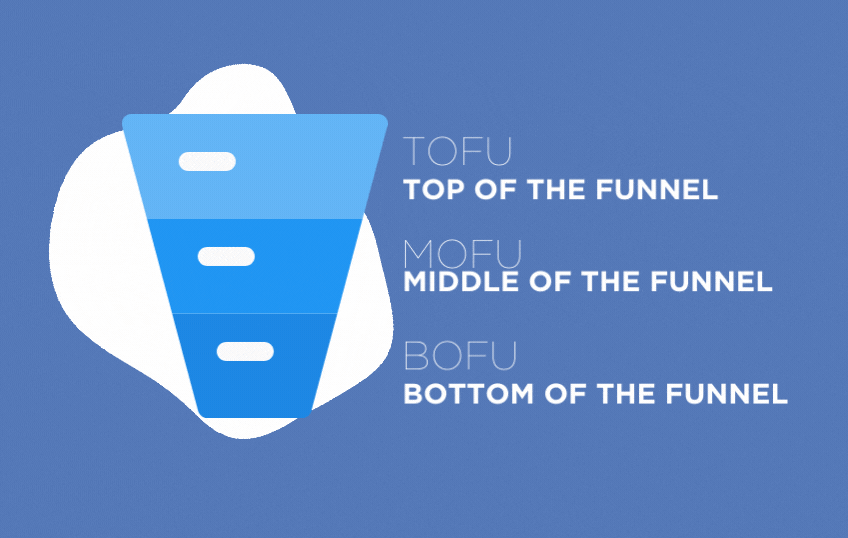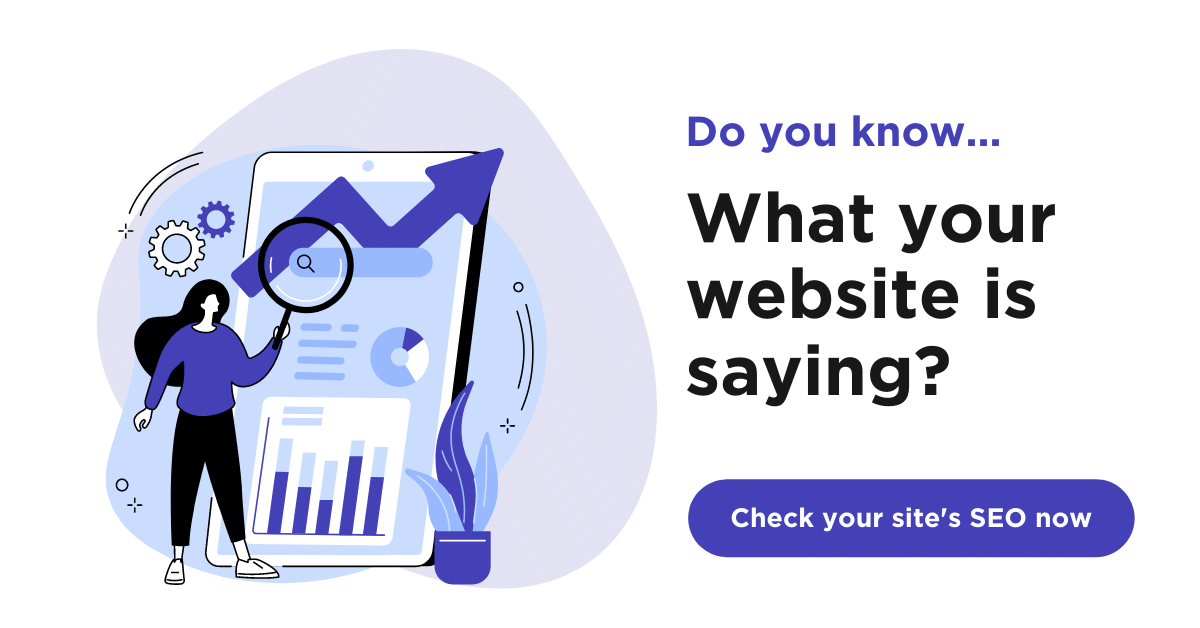How To Build a Marketing Funnel
Marketing funnels are one of the most vital tools when it comes to your marketing (and even branding) options. A marketing funnel details your customer’s journey from hearing about your brand to making a purchase. While you can engage in all sorts of marketing strategies, without the guidance of the funnel, they might not deliver the results you’re looking for.
After you’ve determined your target audience, you can decide how to build out your marketing funnel. With so many different marketing tactics, you’re sure to find solutions that appeal to your audience wherever they are in the funnel.
What are the different parts of a marketing funnel?
In a marketing funnel, there are a few different phases or sections. While there are several variations, you’ll often see a three-stage marketing funnel model. In this guide, we’ll stick with the three-stage model.

In any marketing funnel, you’ll find:
- Top of the funnel (TOFU): The top of the funnel is where users start their experience with you. Ultimately, this is the “awareness” stage. People in this stage have most likely just found your business and are not ready to purchase. You’ll use the top of the funnel as an “introduction” to your brand.
- Middle of the funnel (MOFU): Once your users have made it to the next stage, you’ll need to encourage more interactions with your brand. Give the audience a more in-depth look at your products or services and demonstrate why they should make a purchase.
- Bottom of the funnel (BOFU): The last stage of a marketing funnel will help lead your users to purchase a good or service and thus make a conversion. At this point, you’ll need to be specific about how your product or service works, its benefits and features.
Your entire target audience won’t be in the same stage of the marketing funnel at the same time. When you’re preparing to create content, you’ll have to consider making content for individuals in each step. You’ll want to work on each stage throughout the marketing process rather than move from one level to another.
3 steps to build a marketing funnel
Now that you understand the different phases of a marketing funnel, you can learn more about operating within each of them. Using effective tactics at the top of the funnel will help you move users further along until you make the conversion and gain a loyal customer. Check out three useful steps for building out each phase in the marketing funnel.
1. Create valuable and informative content
For audiences at the top of the marketing funnel, you’ll need to generate awareness and interest in your brand. Determine the “problems” or pain points among your target audience. Write or create content to generate awareness of such issues and provide potential solutions. Some ways to present this content include:
- Blog posts, especially if they are longform.
- Podcast episodes.
- Videos.
- Advertisements.
- Word-of-mouth, such as at an in-person conference.
- Online communities, such as Reddit or Quora.
- Social media marketing.
- Influencer marketing.
- Pay-per-click advertising.
Engage in keyword research to determine your target audience’s pain points. These are the terms or phrases your audience will put into the search engine while searching for solutions to their problems. If you can provide a good answer to their questions, users are more likely to navigate to your page.
Seek to provide a free resource to your audience. At this point, the user isn’t ready to buy your product yet, so you should focus on establishing a relationship and building your appeal. The goal is to move each user to the next stage of the funnel.
2. Develop even more specific materials
Once the user has progressed to the second stage of the marketing funnel, it’s time to get more specific. What you produce for your target audience at this stage should directly tie into the products or services you offer. You can start directing your audience to your solutions with:
- Case studies.
- Testimonials.
- Webinars.
- White papers.
- Unboxing videos.
- Ebooks.
The people in the second phase of your marketing funnel are searching for specific keywords and answers, so you’ll likely want to work on search engine optimization (SEO). Your goal is to be the company that can give users the best solution to serve their needs. However, you still want to refrain from repeatedly telling them to buy your product or service at this stage.
3. Hit a home run to make the sale
At the third stage in the marketing funnel, it’s time to sell your unique product. You’ll want to create content specifically reviewing your products or service. You can even make content that compares your solution with another option. Either way, ensure that your call-to-action (CTA) is strong enough to capture your audience’s attention and convince them to purchase.
Retargeting and email marketing are prominently used in bottom-of-the-funnel marketing. You can also work to raise your ranking for search engine results pages (SERPs) for your target keywords with additional search modifiers. Providing benefits like free trials or demonstrations are other reliable bottom-of-the-funnel marketing tactics.
What comes next?
You’ve made the sale – the customer has reached the bottom of the funnel and that’s it! Well, not quite. Making the deal might be your primary goal, but it’s important to consider what comes after. You’ll want to retain your customer base, which is why some businesses add one or two extra stages to the marketing funnel.
In these situations, you’ll want to employ strategies for customer retention. Some ways you can increase customer loyalty and advocacy include:
- Offering special bundles.
- Having referral programs.
- Sending out surveys.
- Holding contests.
- Asking for beta testers for new products.
- Offering loyalty programs.
- Providing extensive customer support.
Google Maps SEO: 10 Tips to Rank Higher on Google Maps
What is Google Maps SEO? Google Maps SEO (search engine optimization) is the process of making your business visible on Google Maps when users search for related keywords to your business. As an internet user, you have likely done a Google search to find a local store selling the product you’re looking for near you. […]
Read moreHow To Check Google Ranking?
Learning how to check Google ranking lets you know how much exposure your website receives for specific keywords. Checking your website’s Google ranking may help you identify areas of strengths and weaknesses you can improve on to rank higher on the SERPs and boost your return on investment (ROI). Read on for more information about […]
Read moreWhat Is Google EEAT and How To Optimize Your Site?
Over the years, digital marketers have determined the key elements that produce a high-ranking webpage. But little is known about the Google algorithm that puts webpages at the top of the SERP. However, Google has provided helpful guidelines to ensure quality pages match user intent. Explore what Google EEAT is and what you can do […]
Read moreHow To Add Google Analytics to WordPress?
Google Analytics is one of the most efficient web analytics tools offered by Google for businesses and individuals who want statistics on a specific website’s performance. Further to this, it provides you as the site owner with data on visitor insights such as how they access the site, the channels they use, top keywords used to […]
Read more